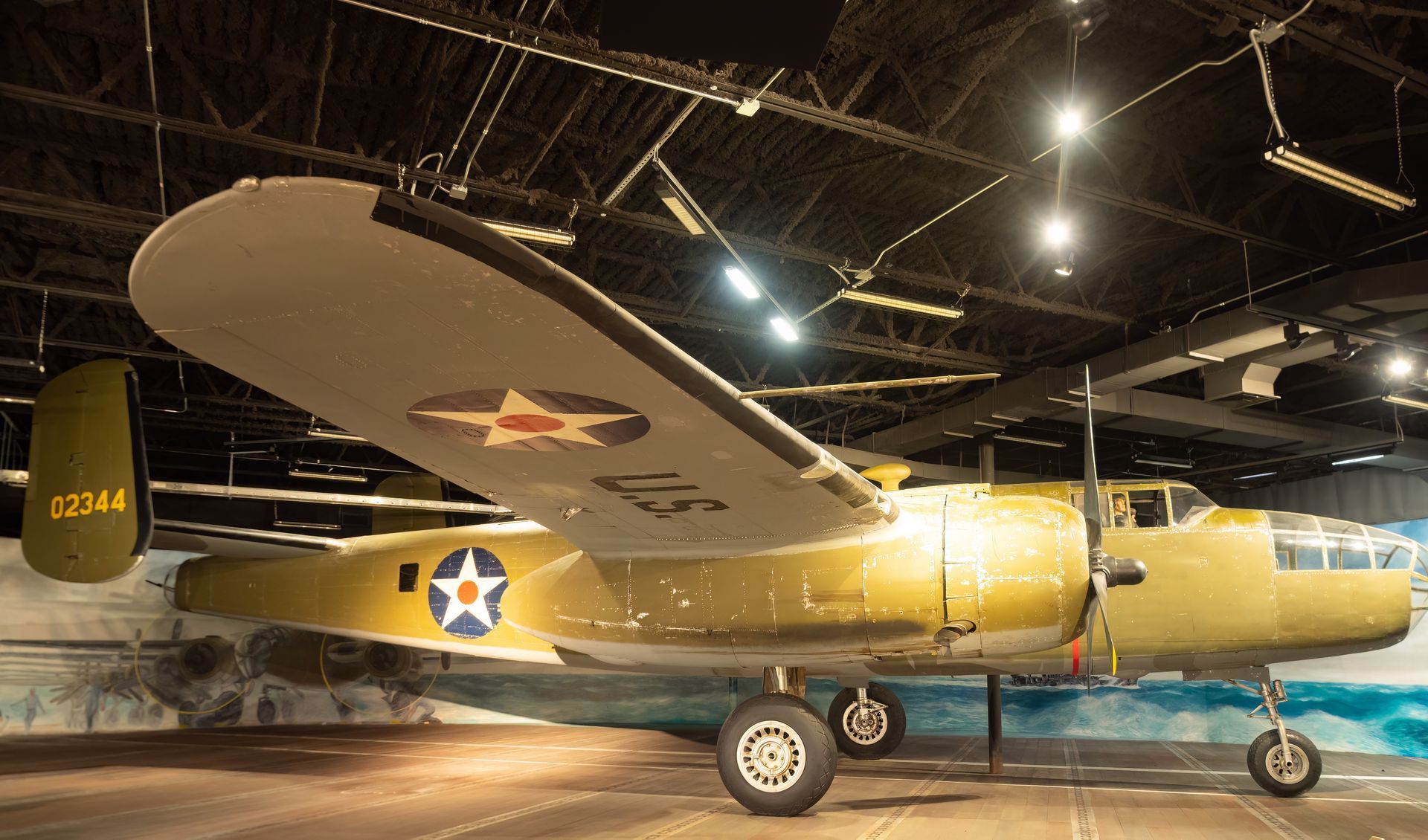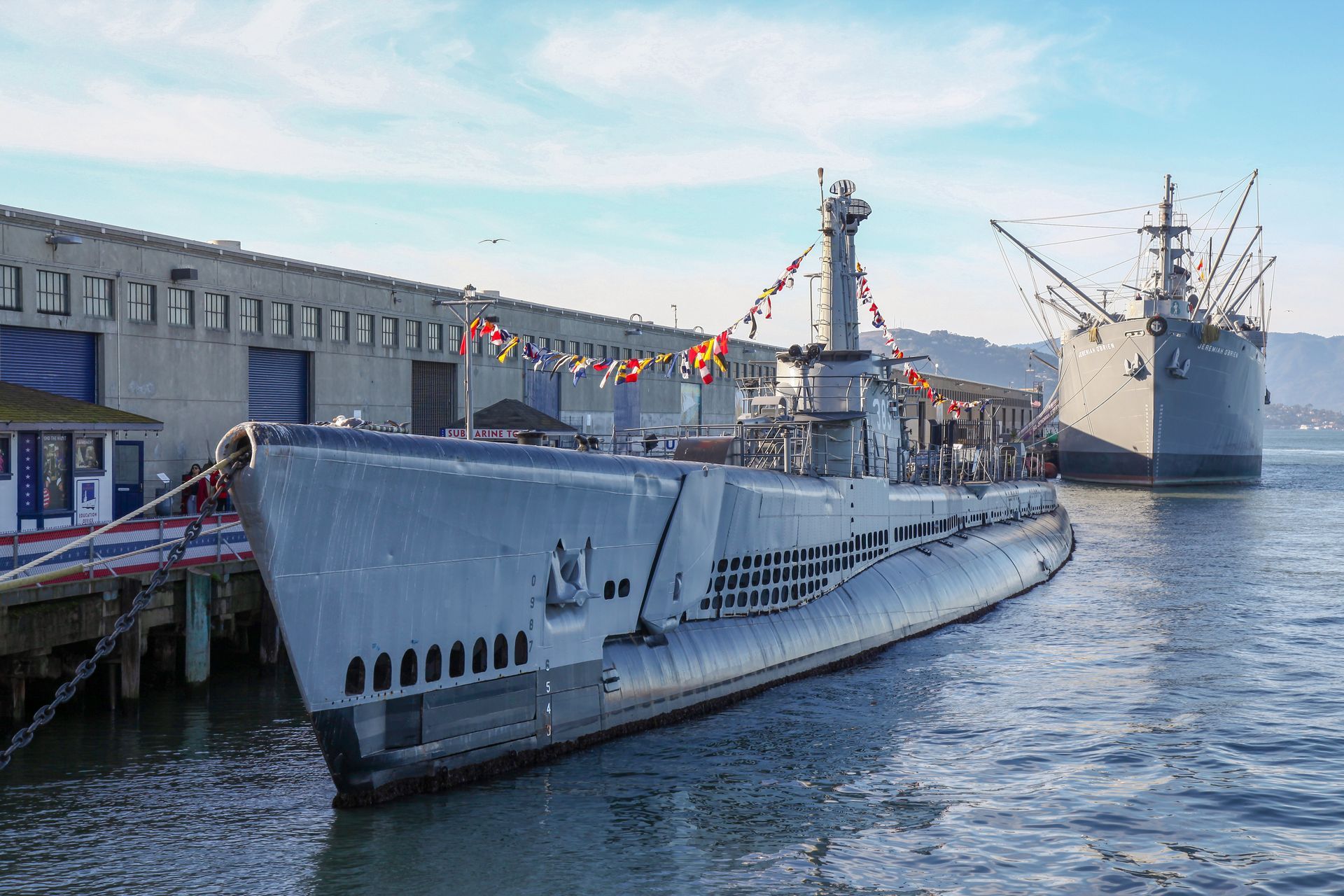A Deep Dive into the National Museum of the Pacific War
In a quiet corner of Texas Hill Country, far from the beaches of Normandy or the islands of the Pacific, there’s a museum that tells one of the most consequential stories of the 20th century. The National Museum of the Pacific War, located in Fredericksburg, does more than just display relics of World War II: it confronts visitors with the weight of a conflict that reshaped the world.
So why is a museum about conflicts overseas sitting in Fredericksburg, Texas? As unlikely as it sounds, this town has a direct connection to the Pacific Theater—and it’s a story worth hearing.
If you’re traveling through Texas this museum is a must-see, so here’s some info to get you started.

From Fredericksburg to the Front Lines
The museum’s roots trace back to Fleet Admiral Chester W. Nimitz, who was born in Fredericksburg in 1885. A master strategist and the Commander in Chief of the Pacific Fleet during World War II, Nimitz led the U.S. Navy through some of its most defining moments—from Midway to Okinawa.
His leadership legacy is an essential part of WWII history, and the museum honors him with something that’s grown beyond plaques and portraits. What began as a tribute to a hometown hero has expanded into a world-class institution dedicated to the full Pacific War narrative: the causes, the combat, and the consequences.
Today, the museum covers over six acres and offers an unflinching, in-depth look at a war that stretched across oceans and altered the course of nations.
What You’ll See
You’ll need more than a casual stroll to absorb everything this museum has to offer. In fact, you’ll probably want to lace up your walking shoes and maybe bring a snack or two. Each section is packed with stories, surprises, and details that make history feel extremely close.
Admiral Nimitz Gallery
Housed in the old Nimitz Hotel—once owned by Nimitz’s grandfather—this gallery gives visitors a personal look at the Admiral’s life. You’ll find intimate artifacts, childhood items, and personal correspondence that show the man behind the rank. There’s even a full-size model of the USS Missouri’s bridge, complete with period equipment and soundscapes that make it seem like you’ve set out to sea.
George H.W. Bush Gallery
Now we’re getting into the heart of the war. This expansive exhibit is essentially a timeline of the Pacific conflict, starting with Japan’s imperial ambitions and concluding with the surrender in Tokyo Bay.
The gallery features stunning artifacts: a Japanese midget submarine from the attack on Pearl Harbor, a B-25 Mitchell bomber, and a full-scale diorama of the Battle of Tarawa. Interactive exhibits let visitors simulate navigation missions and decode enemy transmissions—minus the actual threat of torpedoes, of course.
Pacific Combat Zone
This outdoor exhibit space trades polished glass cases for oil stains, rusted bolts, and the clank of restored military equipment. You can walk among actual war machinery, including a TBM Avenger torpedo bomber and a PT boat, both meticulously restored.
And if you time it right, you’ll catch one of the museum’s living history programs. These aren’t your average reenactments—they’re full-on battlefield demonstrations with weapons firing, smoke effects, and commentary that connects it all to the broader war effort. It’s loud and gritty, but it’s entirely worth it.
Japanese Garden of Peace
After all that, you might need a minute to breathe. This serene garden was a gift from Japan in the 1970s as a gesture of reconciliation. Its design reflects traditional Japanese aesthetics—stone lanterns, raked gravel, and a wooden meditation house.
It’s quiet here, intentionally so. This space reminds visitors that war eventually gives way to peace, though not without its costs.
Memorial Courtyard & Plaza of Presidents
No museum about war would be complete without a place to reflect. The Memorial Courtyard is filled with plaques honoring units and individuals who served in the Pacific. Each engraving tells a story, and together they form a picture of sacrifice.
Nearby, the Plaza of Presidents recognizes the ten U.S. presidents who served in World War II. Some names you’ll expect; others might surprise you.

Beyond the Exhibits
The Center for Pacific War Studies, also housed in the museum, holds one of the country’s most comprehensive archives on the subject. Researchers can access oral histories, original photographs, and military documents that bring fresh perspectives to familiar stories.
Educational programming is also a major focus. From student field trips to public lectures, the museum is committed to keeping history accessible and accurate for the next generation.
Insider Tips for Your Visit
This really isn’t a “pop in for 30 minutes” kind of place. Give yourself at least three hours, though history enthusiasts will want an entire day. Wear comfortable shoes, bring water, and start at the George H.W. Bush Gallery to get the full narrative before moving on to the others.
If you’re traveling with kids, be aware that some combat exhibits include realistic sound effects and intense imagery. It’s powerful—but plan accordingly.
The layout spans multiple buildings, so check the map and museum hours ahead of time. You’ll thank yourself later when the midday heat hits.
Where to Stay: The Hoffman Haus
After spending the day immersed in global conflict, you’ll want somewhere peaceful and refined to decompress. That’s where the Hoffman Haus comes in.
Just a short drive—or a long, contemplative walk—from the museum, the Hoffman Haus offers upscale accommodations with understated elegance. Our beautiful courtyards, thoughtful touches (like fresh pastries delivered to your door), and close proximity to many of the area’s best attractions help us to stand apart.
The Hoffman Haus is a place where time slows down, giving your mind space to unpack the day’s historical weight. So go ahead—book your stay, sleep well, and return home not just relaxed, but enlightened.
Recent Posts



